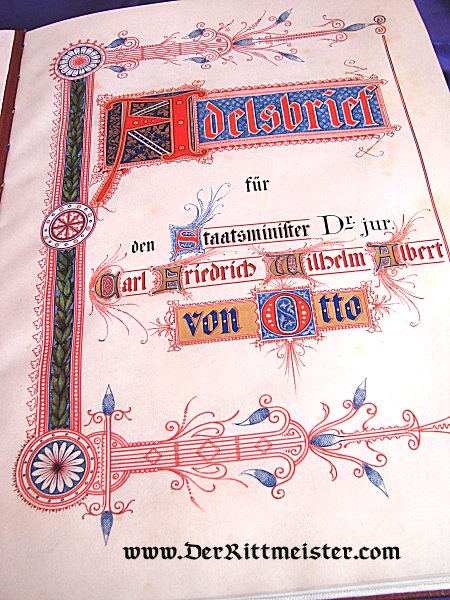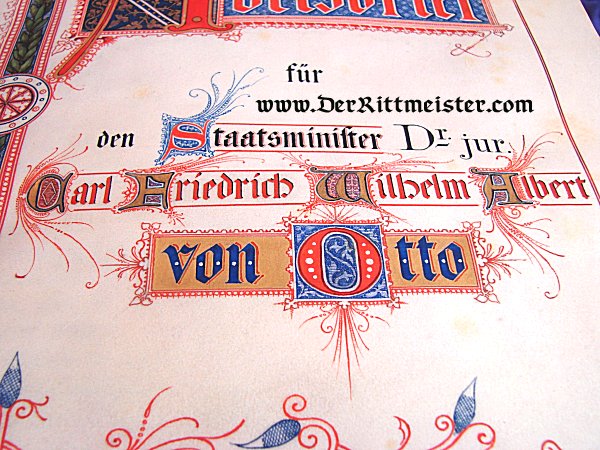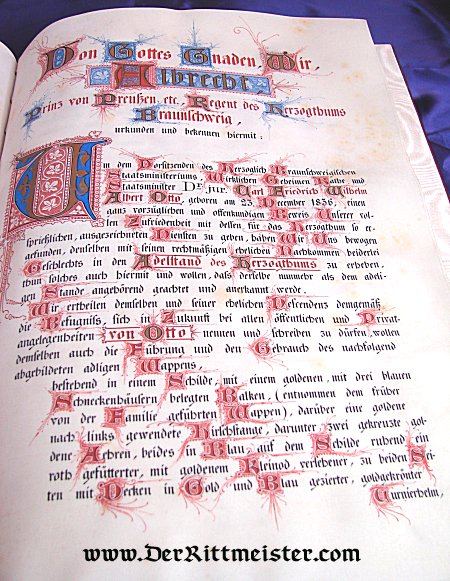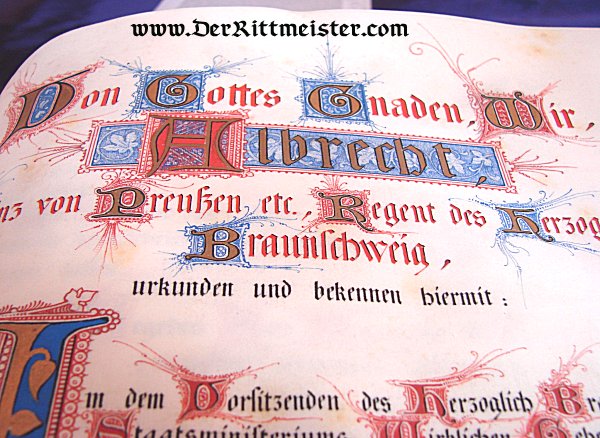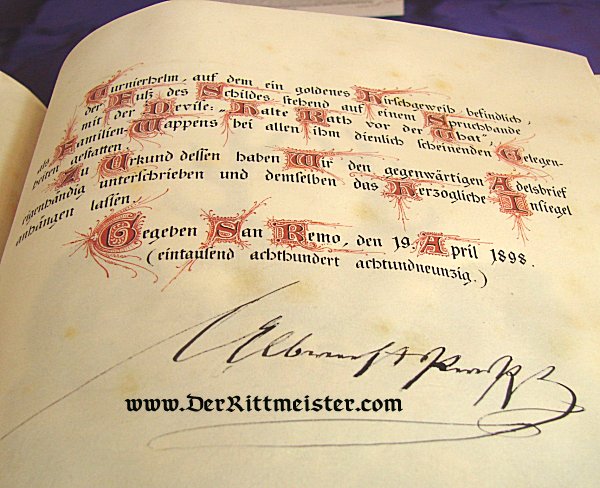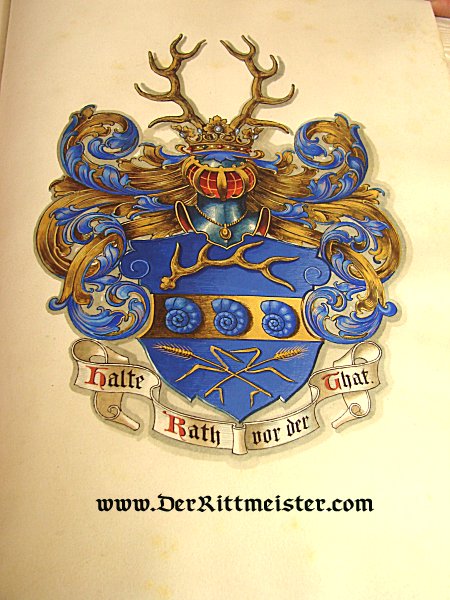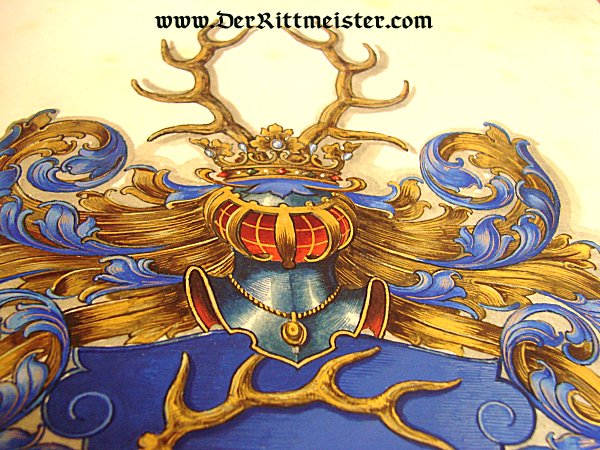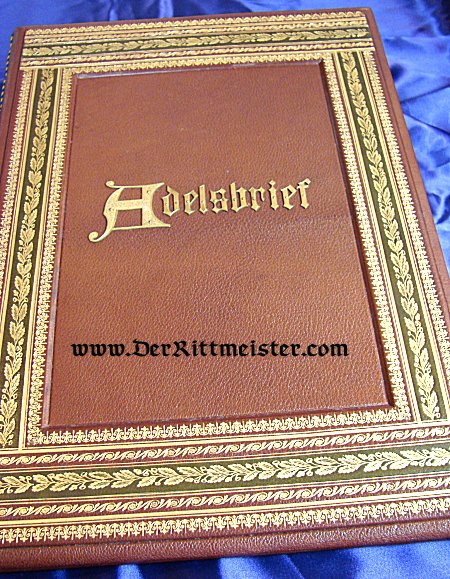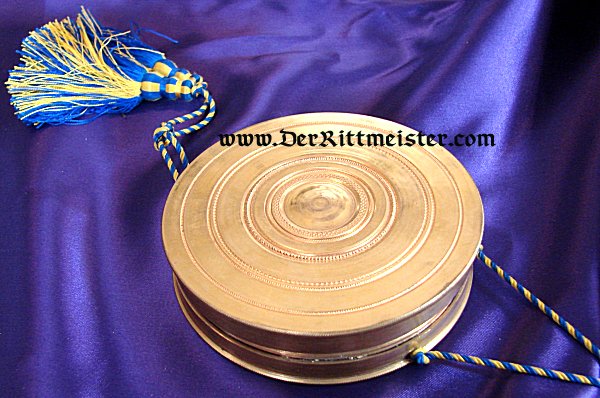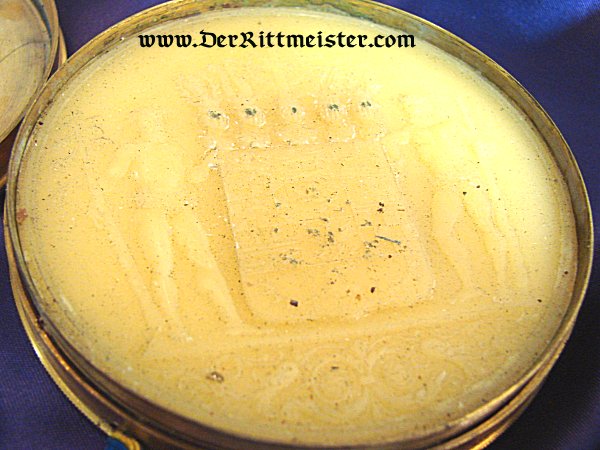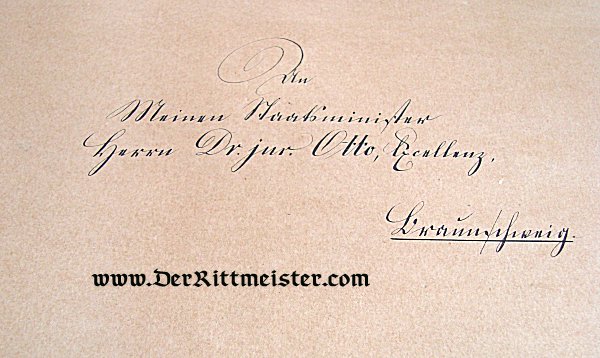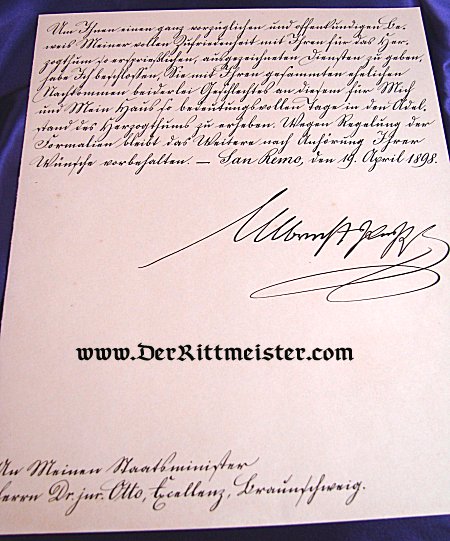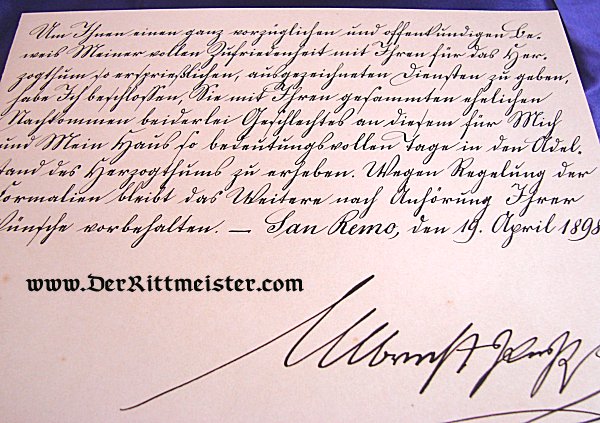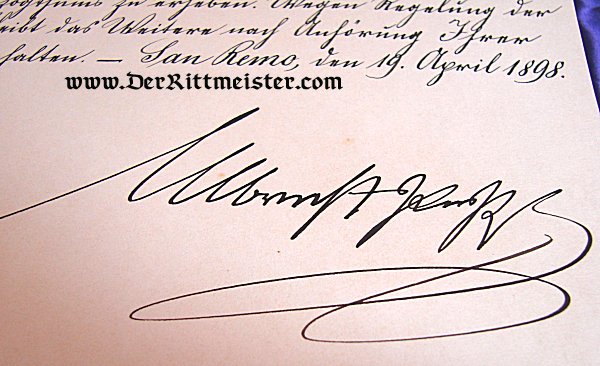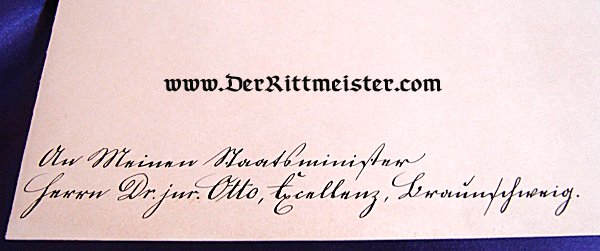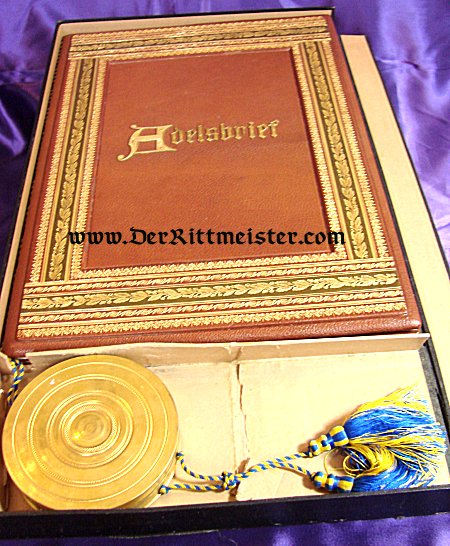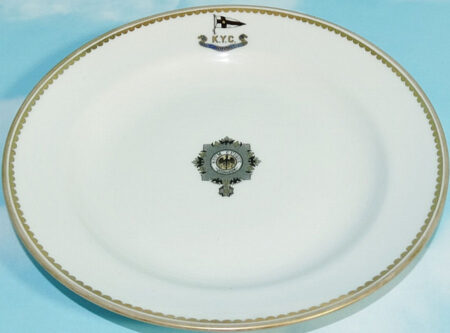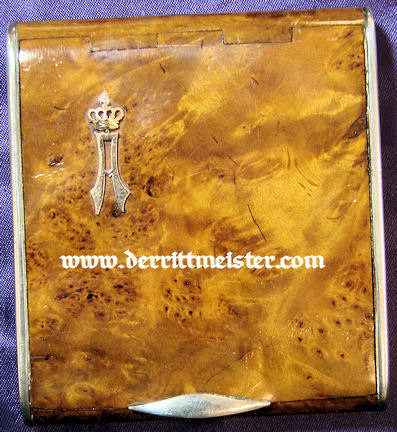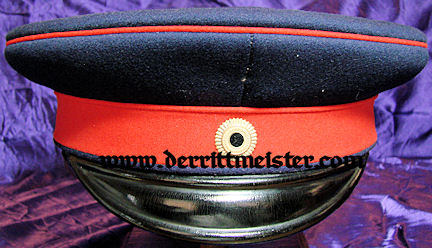Description
The Adelsbrief was one of the most important documents to come from Imperial Germany. It was a document granting knighthood to a man by the head of state. No greater honor could be granted.
The man and all his descendants would wear the coveted “von” attached to their name. While their formats differed slightly, the basic information and general presentation were quite similar regardless of the state. We currently have Adelsbrief available from both Prussia and Bavaria. Today we are offering a most interesting Adelsbrief from the Duchy of Braunschweig. Braunschweig was a part of the Kingdom of Hannover. The House of Hannover has a direct tie to Great Britain. King George III was King of Hannover and Great Britain and Ireland. This is the same George III who ruled during the American Revolution and the Napoleonic Wars. The Kingdom of Hannover and the Duchy of Braunschweig both suffered a terrible fate in 1866. In the final war consolidating Germany, the Prussians and several other Northern States battled it out with Austria and several of the Southern German States. Unfortunately for them, Hannover and Braunschweig allied themselves with the Austrians. When the war ended in a resounding Prussian victory, both Hannover and Braunschweig were annexed into Prussia. This included their military. Hannover, and her vassal state Braunschweig, had one of the finest armies in Germany. Braunschweig was administered by Prussian princes from 1866 until 1913, when Duke Ernst August of Braunschweig married Kaiser Wilhelm II’s only daughter, Viktoria Louise. Wilhelm II returned nominal control of Braunschweig to Ernst August, although a Prussian hand remained firmly in place behind him. The Adelsbrief we are offering today was awarded to Dr. Jur. Carl Friedrich Wilhelm Albert von Otto. Von Otto (1836-1921) was the Staatsminister (State’s Minister) from Braunschweig. The Prinz Regent for Braunschweig in 1898 was Prinz Albrecht von Preußen. He was the member of the Prussian royal family who was given authority to oversee the administration of Braunschweig, and was thus its acting Duke.
The award was formally made on 19 April 1898 in San Remo. In addition to the actual Adelsbrief, a transmittal document from Prinz Albrecht to von Otto is enclosed, which bears the Prinz Regent’s signature. This document is housed in a stiff envelope to protect it and was sealed with the House of Hohenzollern’s red wax seal (which remains intact). The envelope was opened by cutting a slit at the top so as not to damage the seal.
The Adelsbrief is housed in a high quality carton, measuring 20 3/4″ x 12.” The carton has a flap that lays down and allows the Adelsbrief to easily slide from the carton.
A second compartment houses the cased seal separately from the Adelsbrief. The Adelsbrief is very large and impressive, measuring 15 3/4″ x 10 15/16.” The Adelsbrief body is enclosed in a top-flight, leather folio.
The attractive, brown leather features three, ornate, gold sections. In the center is “Adelsbrief.” Both the front and back covers are beautifully lined in watermarked silk. Inside the front cover is the name of the Braunschweig firm that created the folio. It held “House” status, which means it served Braunschweig’s royal family. As the folio is opened, the recipient’s name, von Otto, and position appear, rendered in exquisite, multicolored calligraphy. Next, his birth year (1836) and other personal information again are depicted in the most elaborate and colorful calligraphy imaginable.
The following page bears the date and signature of Prinz Albrecht von Preußen. Next comes the exclusive coat-of-arms created for the von Otto family, which they could use from that point in perpetuity. Attached to the folio by a yellow and blue cord is a circular brass container measuring 4 1/8″ in diameter. Attached to the brass container are two small yellow and blue “portépées.”
When separated, the two container halves (they are threaded and open by unscrewing) reveal a white wax seal, measuring 3 13/16″ in diameter. It is the House of Hohenzollern’s Coat-of-Arms (not the former House of Hannover). This is a very rare example from royalty and nobility. Far fewer men were knighted from a small Duchy like Braunschweig than from any of the four kingdoms.
